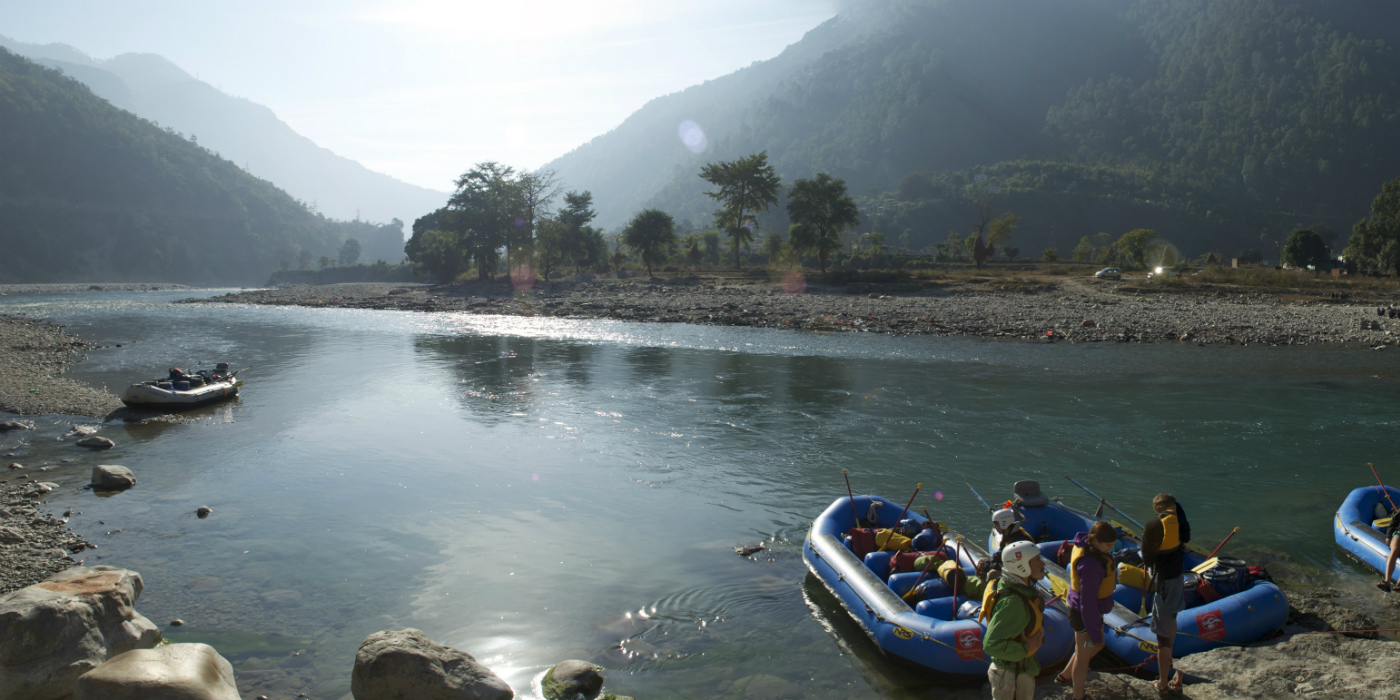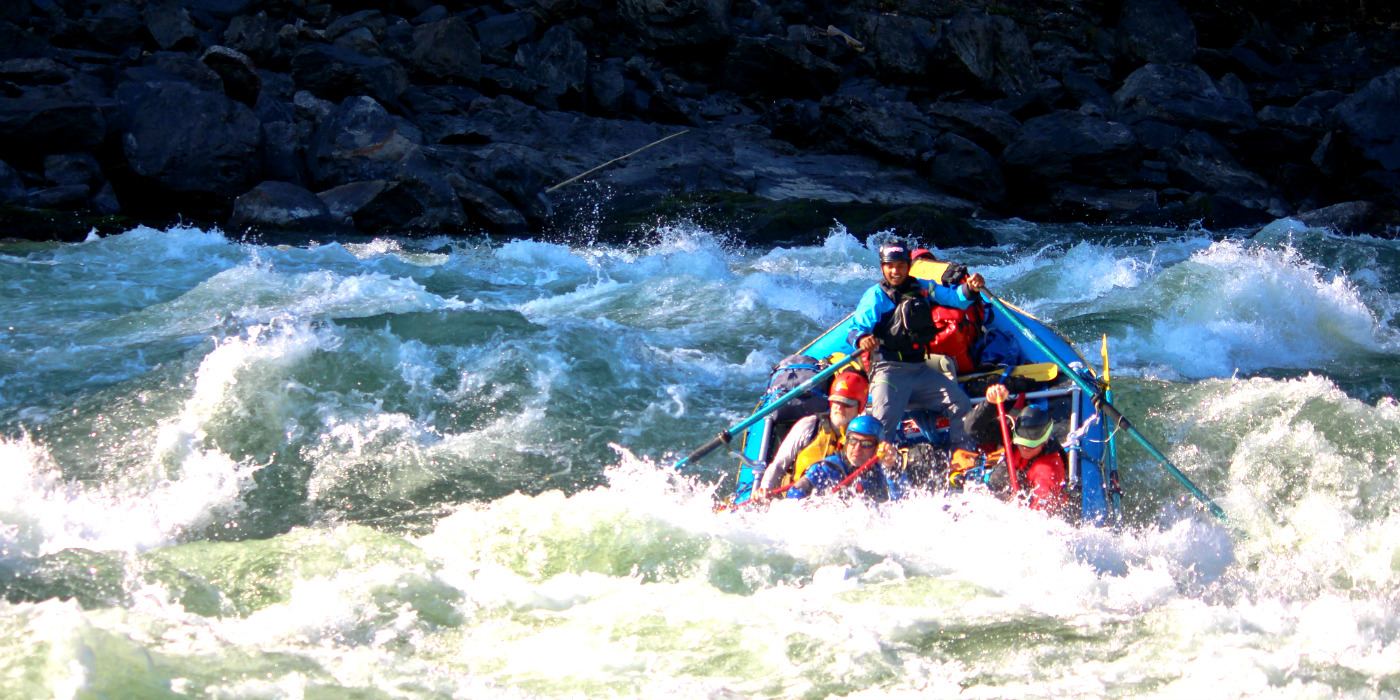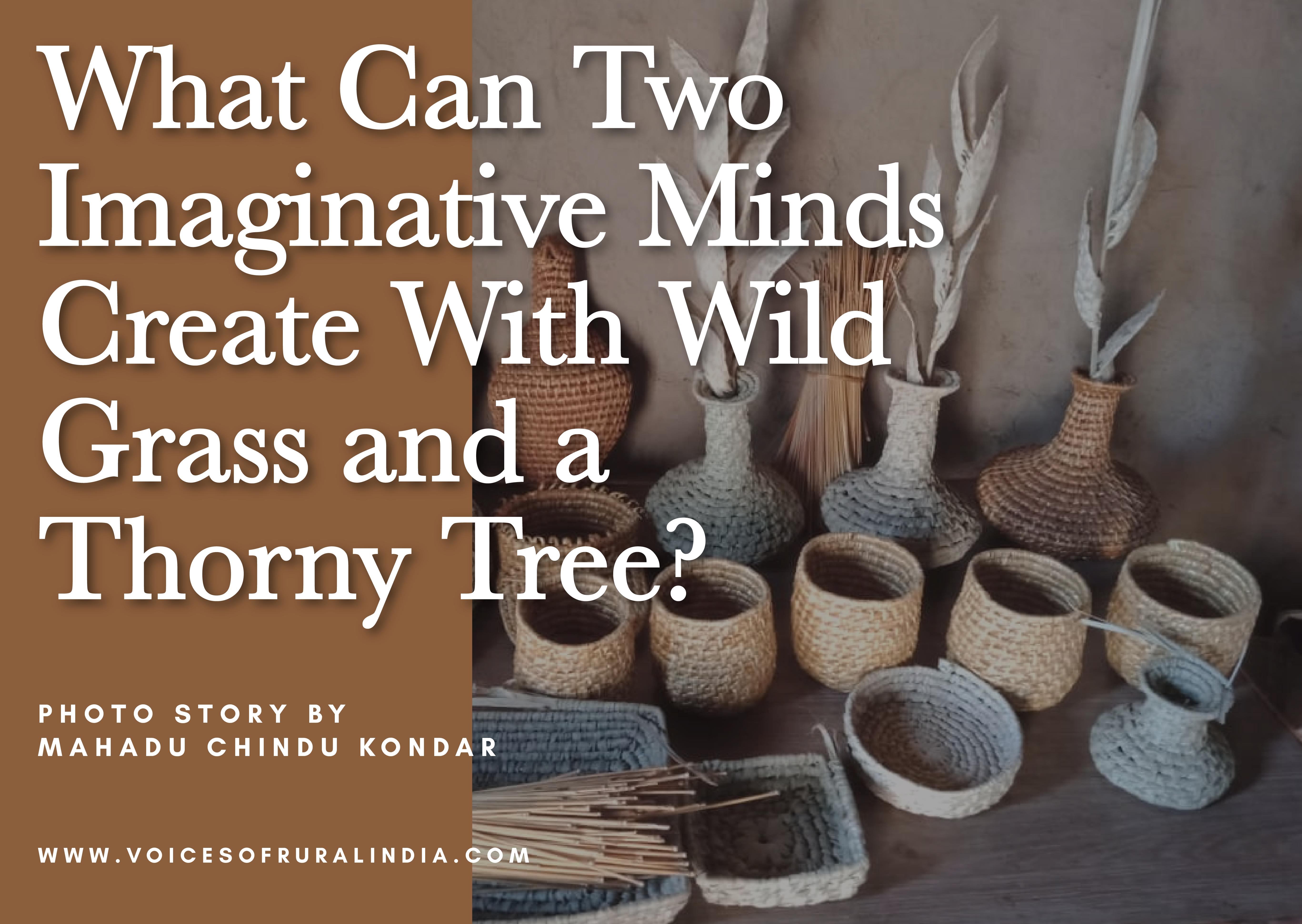
Anvesh Singh Thapa & Ing-Marie Putka, Expeditions India
At Expeditions India we believe that the more connected clients feel to the river, the more likely they are to take action to keep it healthy. On our trips we encourage people to connect. How? Check out our best practices below:
1. Get them involved! For a lot of people, especially those coming from urban settings, the outdoors can be intimidating. In order to encourage people to overcome their fears, we try to empower them. It helps to teach a new skill, from paddle strokes to setting up tents. Most people are actually really keen to learn these things. Plus it’s a ton of fun and encourages group bonding to have people set up their own tents! Clients then go home feeling like they are able to return to the wilderness on their own in the future.
2. Don’t miss “teachable moments”! Imagine it is late afternoon and you are floating downriver searching for a sandy beach to set up camp for the night. It’s getting late but all of the beaches you pass are too small to camp on. This is a teachable moment. Take the opportunity to explain to your clients why there are fewer sandy beaches these days. Perhaps upstream dams have trapped silt and sand, disrupting the natural cycles of the river. Describe to them how it used to be without the dam, when there were more sandy beaches. Tie this into the larger ecosystem, how it has impacted wildlife, etc. Always be on the lookout for teachable moments throughout your expedition and don’t let them pass by.

3. Tell stories! Around the campfire or during long stretches of flat sections on the raft, are the best places to swap tales. But be sure to be honest. When we tell stories of past river adventures, we aren’t shy to share the current situation. Even something at the end of a story like, “Unfortunately that river has been dammed and doesn’t flow free anymore,” gives people an honest perspective on some of the issues facing Indian rivers.
4. Follow up after your expedition! Our social media doesn’t just feature heart-pounding white-water videos. The adrenaline rush is there, but it’s not the only thing. We also integrate news headlines, scholarly articles, information on activist movements, and more, giving people a more full picture of what’s happening with India’s rivers. Keep information flowing long after your trip so that people stay connected to you and to the issues.







